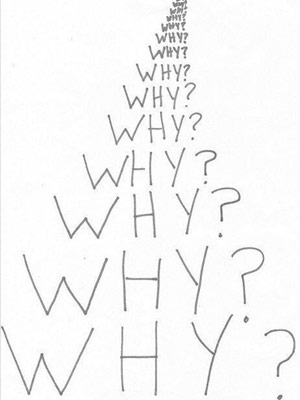 Leave your fear of looking foolish at the door so you can spend more time generating ideas and less time worrying what people will think of you. Look the Fool is a call to action to be brave and accept that not all ideas are going to be mind-blowing. Or even good. The path to good ideas means you’ll need to suggest, and remove, the bad ones quickly and without fear or judgement. Be willing to share the bad ideas.
Leave your fear of looking foolish at the door so you can spend more time generating ideas and less time worrying what people will think of you. Look the Fool is a call to action to be brave and accept that not all ideas are going to be mind-blowing. Or even good. The path to good ideas means you’ll need to suggest, and remove, the bad ones quickly and without fear or judgement. Be willing to share the bad ideas.
Lead by example. If you’re willing to look foolish it levels the playing field and lets everyone know they can speak their minds without fear of judgement.
In the next post I'll talk about taking it to the gutter. From there things can only improve. Personally, I'm happy to absorb some judgement if it fuels the teams creative sensibility, focuses critique and makes everyone comfortable. We can all bond in the gutter.


